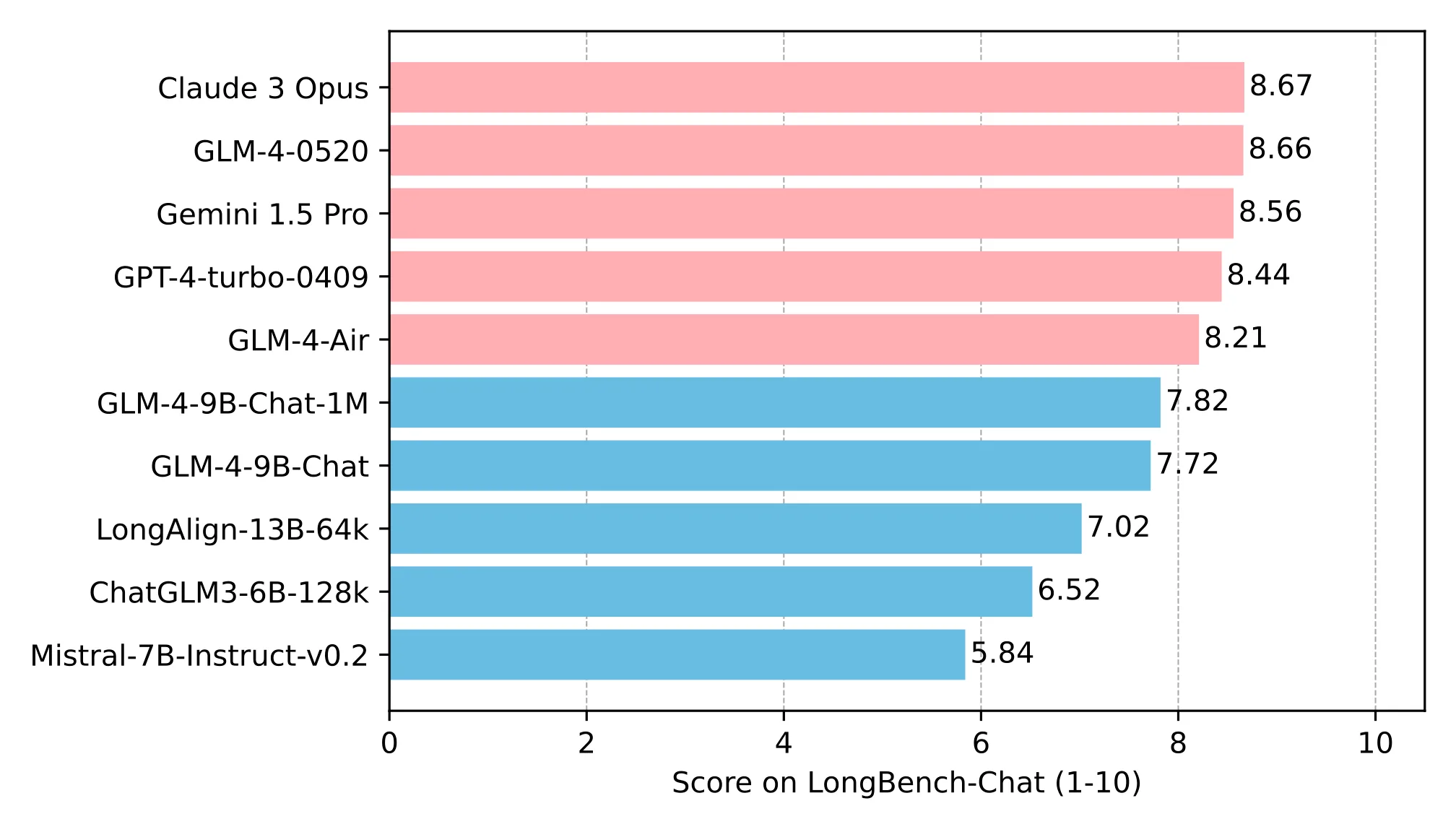Last Updated on September 16, 2025 12:38 pm by Laszlo Szabo / NowadAIs | Published on September 16, 2025 by Laszlo Szabo / NowadAIs
GLM-4.5 Air: A Deep Dive into the Next Generation of AI Models – Key Notes
Efficiency matters as much as raw power: GLM-4.5 Air offers strong reasoning and conversational skills while requiring fewer resources, making it attractive to businesses with limited infrastructure.
It represents China’s ambition in global AI: Positioned against Western models like GPT-4, GLM-4.5 Air highlights a parallel ecosystem where Chinese research and companies compete directly.
Beyond enterprise use, it is cultural: Social media adoption shows that GLM-4.5 Air also entertains, educates, and sparks popular creativity—blending technical tool and cultural artifact.
Introduction
GLM-4.5 Air has quickly become a focal point for discussions in the artificial intelligence community. Developed by Zhipu AI, a company that originated from Tsinghua University in China, the model is part of the GLM (General Language Model) family, which has been steadily evolving since its early iterations. Designed to compete with other large language models like OpenAI’s GPT-4 and Anthropic’s Claude, GLM-4.5 Air represents a step towards efficiency, usability, and accessibility, particularly for multilingual tasks and lighter deployment requirements.
The model is not just a research concept; it is actively applied in business, academic, and developer contexts. According to Zhipu AI, the GLM-4.5 Air version has been optimized for reduced costs while keeping performance competitive across many benchmarks. This makes it a strong candidate for organizations wanting to balance efficiency with capability.
The Origins of GLM
Before understanding the GLM-4.5 Air, it is important to look at the broader GLM family. GLM was first introduced as an alternative to Western-developed LLMs, designed to emphasize Chinese language performance while also handling English fluently. What separated it early on was its inclusion of 100B+ parameters in versions like GLM-130B, capable of training across bilingual datasets and bridging East-West AI ecosystems.
GLM-4 was released in mid-2024, performing competitively against GPT-4 in many tasks while maintaining lower inference costs. Then came GLM-4.5 and its Air variant—both focused on strong reasoning performance, coding, math, and conversational fluency. The Air version specifically was built as a lighter model targeting faster responses while requiring fewer computational resources, something that small and mid-scale developers truly value.
Why GLM-4.5 Air is Different
Unlike larger, resource-heavy AI models, GLM-4.5 Air is engineered for speed and efficiency. It offers a balance: strong accuracy in tasks like problem-solving, writing, and summarization, while cutting down on computational burdens. This matters because many companies cannot afford the infrastructure needed to run extremely large AI systems like GPT-4 Turbo.
Developers have praised GLM-4.5 Air’s ability to maintain context in conversations without consuming enormous GPU memory, making it ideal for businesses exploring chatbots, customer support, detailed analytics, and content generation in multiple languages.
Technical Performance

GLM-4.5 Air supports multimodal inputs in some variants, meaning it can interpret both text and images. While not as heavily multimodal as Gemini or GPT-4 Turbo, it offers a solid foundation for real-world tasks. Based on public benchmarks shared on Hugging Face, GLM-4.5 Air has shown competitive results in:
Reading comprehension tasks
Coding challenges involving Python, Java, and C++
Math problem-solving at university and research levels
Essay generation, dialogue, and summarization across English and Mandarin
Its architecture reflects a tradeoff between parameter size and efficiency. While not pushing to 1 trillion parameters like Gemini Ultra, GLM-4.5 Air delivers fast response times within 9 billion parameters, a figure small enough for efficient deployment, but large enough to retain reasoning capacity.
Industry Applications
Many sectors have begun experimenting with GLM-4.5 Air:
Education: Chinese universities are using it for essay evaluation, personalized tutoring, and language exercises.
Healthcare: Hospitals are testing GLM-based systems for patient interaction, though with human oversight.
Customer Support: Retailers and service providers benefit from affordable, responsive chatbots powered by GLM-4.5 Air.
Content Creation: Digital media outlets employ GLM-4.5 Air to draft reports, generate headlines, and even co-write scripts.
The relatively low resource requirements allow startups in Asia to adopt advanced AI without relying solely on Western providers.
The Global AI Competition
An interesting angle is how GLM-4.5 Air fits into the global race between AI companies. OpenAI’s GPT-4 and GPT-4o dominate Western markets, while Anthropic’s Claude and Google’s Gemini expand aggressively. In China, GLM-4.5 Air competes with Baidu’s ERNIE Bot and Alibaba’s Qwen models.
According to Reuters, Zhipu AI has already secured major funding rounds, and Chinese authorities consider GLM part of their “strategic AI infrastructure.” This means GLM-4.5 Air is not only a technical product but also a political project, symbolizing independence from Western AI reliance.
Entertainment and Popular Culture
Interestingly, discussions about GLM-4.5 Air have grown outside the enterprise world. On Chinese social platforms like Weibo and Bilibili, users test the model by requesting poetry, jokes, or fictional simulations of historical characters. Comparisons with GPT models have created memes, where users describe GLM-4.5 Air as the “lighter but witty cousin” of AI giants.
This cultural adoption showcases how AI tools are no longer mere professional utilities but also creative companions, blending entertainment with practical use.
Ethical and Regulatory Considerations
As with any AI, questions around regulation and control remain. The Chinese government has passed AI-generated content guidelines that affect GLM deployments. Developers using GLM-4.5 Air must comply with strict moderation tools, especially around politically sensitive topics.
This creates a dual challenge: engineers need to maintain model performance while embedding strong safety layers. For international users, GLM-4.5 Air provides a case study of how non-Western AI operates under governance different from Silicon Valley norms.
Looking Ahead
While adoption of GLM-4.5 Air is currently focused on China and select international research partners, its efficiency-oriented design has broader implications. By offering a lighter but capable option, it suggests that the next wave of AI tools may not always chase bigger is better. Instead, scalability, affordability, and accessibility will define success.
GLM-4.5 Air aligns with this philosophy. By balancing multilingual fluency, conversational depth, and technical capacity with modest infrastructure demands, it sets a forward-thinking standard for AI deployment across diverse industries.
Definitions
GLM (General Language Model): A family of AI models developed by Zhipu AI for multilingual tasks, designed to compete with global LLMs like GPT.
Parameters: The internal settings of AI models that guide how they process information. Larger parameter counts often correlate with better reasoning but require more resources.
Multimodal AI: A type of AI model capable of interpreting different types of inputs, such as text, images, or audio.
Inference Costs: The resource usage (compute, power, memory) required for an AI model to generate an output in real time.
Moderation Tools: Software layers designed to filter out harmful, sensitive, or inappropriate outputs from AI systems.
Frequently Asked Questions (FAQ)
1. What is GLM-4.5 Air?
GLM-4.5 Air is a streamlined large language model developed by Zhipu AI, focusing on efficiency while keeping strong reasoning and conversation skills. It competes with GPT-4 and Gemini but requires fewer computational resources. Businesses find it attractive for affordable chatbot development and multilingual tasks. Its focus on both English and Chinese ensures accessibility across languages.
2. How is GLM-4.5 Air different from GLM-4.5?
The Air variant is designed with lighter weight, prioritizing speed and lower infrastructure costs, while the standard GLM-4.5 model is heavier, handling more complex multimodal tasks. Users who do not have access to massive GPU resources prefer GLM-4.5 Air for real-world deployment. This makes it especially relevant for startups and developers working with efficiency in mind.
3. Can GLM-4.5 Air handle coding tasks effectively?
Yes, GLM-4.5 Air ranks competitively in coding challenges across multiple languages, including Python and Java. While it may not outperform larger models on ultra-complex programming scenarios, it offers practical assistance for debugging, writing scripts, and teaching programming. Its ability to process multi-line code with logical follow-ups makes it a strong companion in educational and business software contexts.
4. Where is GLM-4.5 Air mainly used?
GLM-4.5 Air is popular in China, especially in education, healthcare, and customer service industries. It is applied in academic tutoring, patient interactions, and retail chatbot solutions. Internationally, researchers and developers integrate it into multilingual tools since it balances affordability and language versatility. Its cultural impact also appears in entertainment and creative writing online.
5. Is GLM-4.5 Air available outside China?
Yes, although access may vary. Zhipu AI provides API services that can be integrated globally, with developers on platforms like Hugging Face showcasing test deployments. Larger enterprises may face certain restrictions due to regulatory differences, but independent developers have managed to experiment with GLM-4.5 Air internationally. This makes it a valuable alternative to Western AI ecosystems.







